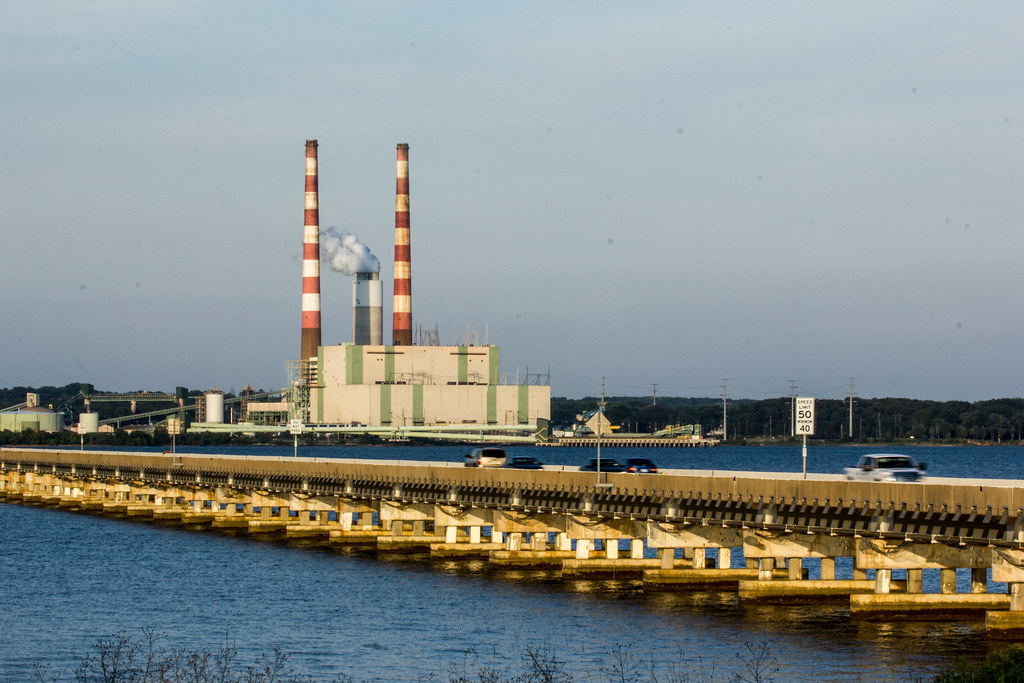美國東北和西太平洋九個州決定要在2020至2030年間減少電廠碳排30%。
這九個州是最早於2009年參與二氧化碳排放上限與交易市場「區域溫室氣體計畫」(Regional Greenhouse Gas Initiative,RGGI)的州,也是第一批因應市場衝擊而減少電廠碳排的州。透過RGGI計畫的實施和配套州級政策,RGGI各州已證明經濟利益、消費者荷包、公共健康和碳排放可以攜手多贏。
這九個州分別是康乃迪克、特拉華、緬因、馬里蘭、麻薩諸塞、新罕布什爾、紐約、羅德島和佛蒙特。
RGGI透過核發可交易二氧化碳配額的方式,針對25MW(百萬瓦)以上燃煤電廠的碳排設立區域上限。每張配額代表授權電廠排放1短噸(約0.9公噸)的二氧化碳。RGGI成員的每個二氧化碳預算交易計畫,創造二氧化碳配額的交易市場。
若利害關係人同意新的排放限制,2021年區域上限將為7514萬7784噸,之後每年減少227萬5000噸,達成2020至2030年間減少30%碳排,比目前的減碳協議目標每年2.5%略高。
RGGI成員9月25日將在巴爾的摩召開公聽會,徵詢利害關係人意見。2030年的限額將比RGGI 2009年的起始限額低65%,讓參與州持續減碳。
包括研究諮詢公司Abt Associates近期的獨立研究在內的多項調查發現,RGGI已經減少數百人死亡、預防數千件氣喘發作,並省下57億美元健康相關經濟成本。
RGGI的配額拍賣制度被譽為開創性的制度設計。每季進行的限額拍賣會吸引27億的策略計畫再投資,不但有利消費者,也讓RGGI成員建立堅強的乾淨能源系統。
研究公司Analysis Group的獨立報告顯示,RGGI每年創造數十億美元的淨經濟利益,以及數千份工作機會。
透過RGGI進行的投資,透過減少尖峰需求改善成本效益和電網的可靠度,減少了躉售電價,並減少高額的基礎設施投資。
Nine Northeastern and Mid-Atlantic states that have the first U.S. market-based compact to cut greenhouse gas emissions from power plants, have decided to reduce the limit on emissions by 30 percent between 2020 and 2030.
The nine states – Connecticut, Delaware, Maine, Maryland, Massachusetts, New Hampshire, New York, Rhode Island, and Vermont – participate in a CO2 cap and trade market which began in 2009, known as the Regional Greenhouse Gas Initiative, RGGI, (say Reggie).
RGGI establishes a regional cap on the amount of CO2 pollution that fossil-fueled power plants 25MW and larger can emit by issuing a limited number of tradable CO2 allowances.
Each allowance represents an authorization for a regulated power plant to emit one short ton of CO2.
Individual CO2 budget trading programs in each of the nine RGGI states together create a regional market for CO2 allowances.
If approved by stakeholders, the new limit, proposed on August 23, means that a regional cap of 75,147,784 tons of CO2 in 2021, will decline by 2.275 million tons of CO2 every year thereafter, resulting in a total 30 percent reduction in the regional cap from 2020 to 2030.
That is a little higher than the current agreement to cut emissions by 2.5 percent annually.
The RGGI states will seek stakeholder comments on the draft program elements in a public meeting to be held on September 25 in Baltimore.
Through RGGI’s implementation and through complementary state policies, the RGGI states have shown that economic benefits, consumer savings, public health improvements, and greenhouse gas emissions reductions can go hand-in-hand.
The 2030 cap will be more than 65 percent lower than RGGI’s 2009 starting cap, continuing the participating states’ progress in reducing emissions.
Studies, such as a recent independent report by Abt Associates, have found that RGGI has generated public health benefits which have saved hundreds of lives, prevented thousands of asthma attacks, and saved $5.7 billion in health-related
economic costs.
RGGI’s auctioning of allowances has especially been praised as an innovative program design element. These quarterly regional auctions have generated more than $2.7 billion in proceeds for reinvestment in strategic programs to benefit consumers and build a stronger and cleaner energy system in the RGGI states.
Independent reports by the Analysis Group have found that RGGI is generating billions of dollars in net economic benefit and tens of thousands of job years.
Investments funded through RGGI proceeds improve the cost-effectiveness and reliability of the grid by reducing peak demand, which in turn lowers wholesale power prices and helps avoid the need for costly infrastructure investments, RGGI states.
※ 全文及圖片詳見:ENS











